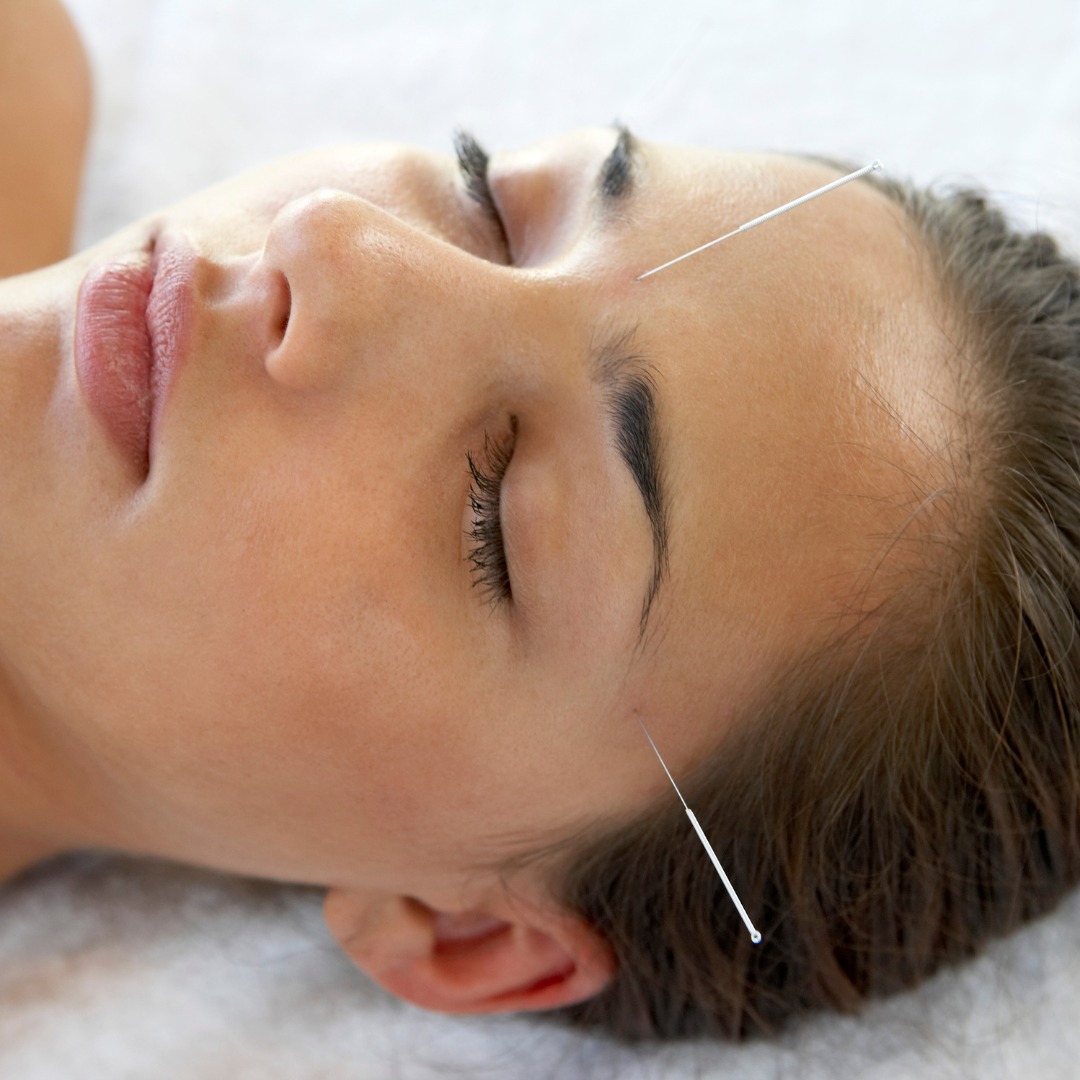It’s a grey and drizzling afternoon but you’re warm from running through all the tasks on your to-do list. You’re about to grab your favorite mug and make a fresh tea when you forget what it is you came into the kitchen for. A sharp pain hits just above your left eye and suddenly, you see bright spots of light in front of you. You know exactly what’s happening and a familiar feeling of dread comes over you. The last thing you need to deal with today is a migraine, but here it is, coming on with no way to stop it. You already know, you better cancel your afternoon meetings before the nausea and pain get worse.
It’s a challenging reality for approximately 2.7 million Canadians who suffer from migraines. Migraines are a complex neurological disorder that affect each person differently and can include a wide range of symptoms and severity. Genetics play a significant role, with 80% of sufferers also having a family history of migraines [1]. Women are twice as likely as men to get migraines, which tend to occur with increased frequency between the ages of 30-49. More than half of people who report suffering from migraines in Canada (53%) reported that migraine headaches had prevented them from driving and 36% reported missing at least one day’s work in the past three months. Over three-quarters (76%) of migraine sufferers also reported that their ability to get a good night’s sleep was diminished [2].
If you suffer from migraines, you’ve likely tried to adjust your diet, practice good sleep habits, reduce your stress, use over-the-counter medications and maybe even prescription medications to try and reduce the pain and impact of your migraines. All these things can be helpful to treat and reduce migraine symptoms, but did you know that acupuncture can help too? Acupuncture has been found more effective than conventional drug therapy for migraine prevention. In a systematic review, it was found that after three months, migraine frequency was at least halved in 57% of participants receiving acupuncture vs. 46% receiving prophylactic drug therapy [3,4]. One of the reasons that many people first come for acupuncture is that they’re excited to try something new that doesn’t come with a long list of potential side effects. After a few treatments, they discover how deeply relaxing and transformative it can be.
It’s well known that the use of acupuncture dates back thousands of years. What many people don’t know is that over the past few decades, researchers have been able to shed some light on how it works, and that it’s now recommended by doctors and health professionals across the world as a treatment to help with many neurological disorders and types of pain [5]. Acupuncture has numerous physiological effects on the body, acting on the nerves, blood vessels and fascia to stimulate your body’s natural healing response and restore a healthy and balanced state. One of the ways acupuncture has been shown to treat migraines is through regulating the calcitonin gene-related peptide (CGRP) which plays a central role in migraine pain [6,7]. Acupuncture also helps to decrease inflammation, control blood vessel dilation and increase the parasympathetic (rest, digest and tissue healing) functions of your nervous system. You can find out more about the physiological effects of acupuncture with this article about the ways acupuncture helps our body deal with stress (How Acupuncture Modulates Stress – Acacia Health – Victoria, BC).
We are incredibly fortunate to live in the age of modern medicine, where there are a great deal of treatments options and new developments every year. Despite all of this, people who experience migraines are often left suffering with a significant amount of pain and negative impact on their lives. Acupuncture can play an important role in helping people minimize the effects of migraine headaches and experience greater wellbeing.
Jennifer Midlane is an acupuncturist practicing at Acacia Health in Victoria, British Columbia. Her focus is on providing effective pain relief and care for those dealing with neurological conditions while bridging the wisdom of Traditional Chinese Medicine with modern scientific research.
References
- Robinson, B. H. (2007). Biomedicine A Textbook for Practitioners of Acupuncture and Oriental Medicine(1st ed., pp. 145-147). Blue Poppy Press.
- (2015, November 27). Prevalence of migraine in the Canadian household population. Statistics Canada. Retrieved January 24, 2023, from https://www150.statcan.gc.ca/n1/pub/82-003-x/2014006/article/14033-eng.htm
- Da Silva AN. Acupuncture for migraine prevention. Headache. 2015 Mar;55(3):470-3.
- Linde K, Allais G, Brinkhaus B, Fei Y, Mehring M, Vertosick EA, et al. Acupuncture for the prevention of episodic migraine. Cochrane Database Syst Rev. 2016(6):Cd001218.
- Birch S, Lee MS, Alraek T, et al.Overview of Treatment Guidelines and Clinical Practical Guidelines That Recommend the Use of Acupuncture: A Bibliometric Analysis. The Journal of Alternative and Complementary Medicine Published Online First: 18 June 2018. doi:10.1089/acm.2018.0092
- Fan AY, Miller DW, Bolash B, et al.Acupuncture’s Role in Solving the Opioid Epidemic: Evidence, Cost-Effectiveness, and Care Availability for Acupuncture as a Primary, Non-Pharmacologic Method for Pain Relief and Management–White Paper 2017. Journal of Integrative Medicine2017;15:411–25. doi:10.1016/S2095-4964(17)60378-9
- Edvinsson L. Role of CGRP in Migraine. Handb Exp Pharmacol. 2019;255:121-130. doi: 10.1007/164_2018_201. PMID: 30725283.
- Xiang, A., Cheng, K., Xu, P., & Liu, S. (n.d.). The immediate analgesic effect of acupuncture for pain: a systematic review and meta-analysis.
- Yang Y, Que Q, Ye X, Zheng G. Verum versus sham manual acupuncture for migraine: a systematic review of randomised controlled trials. Acupunct Med. 2016 Apr;34(2):76-83.




